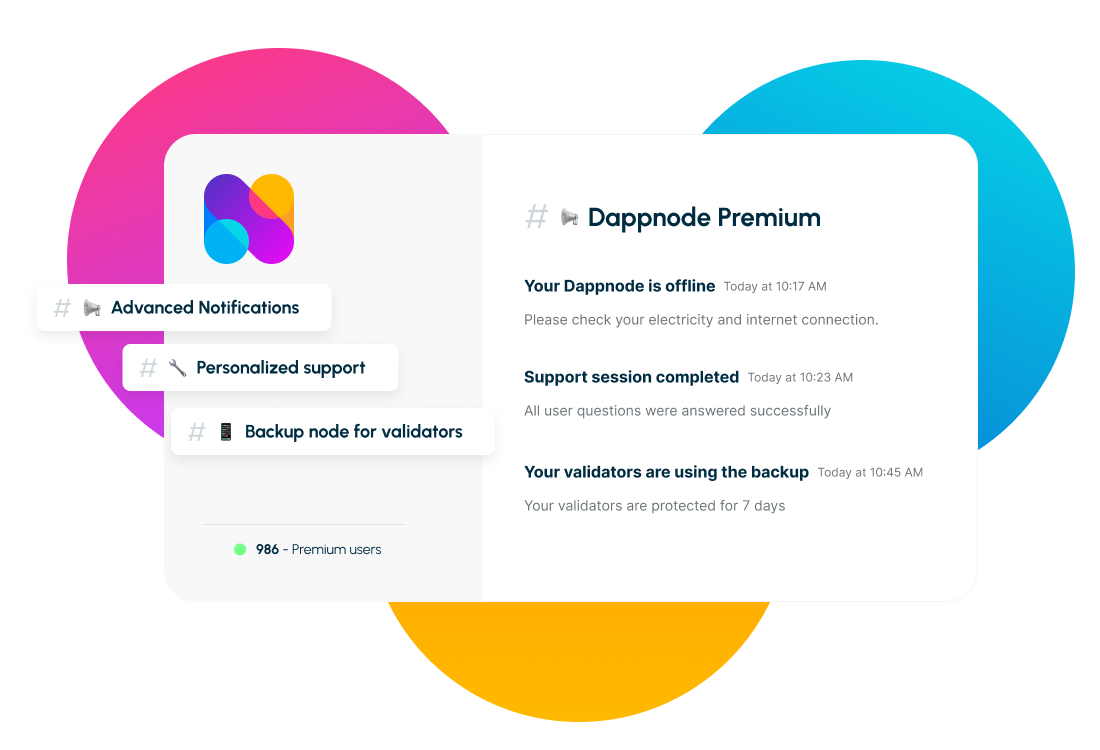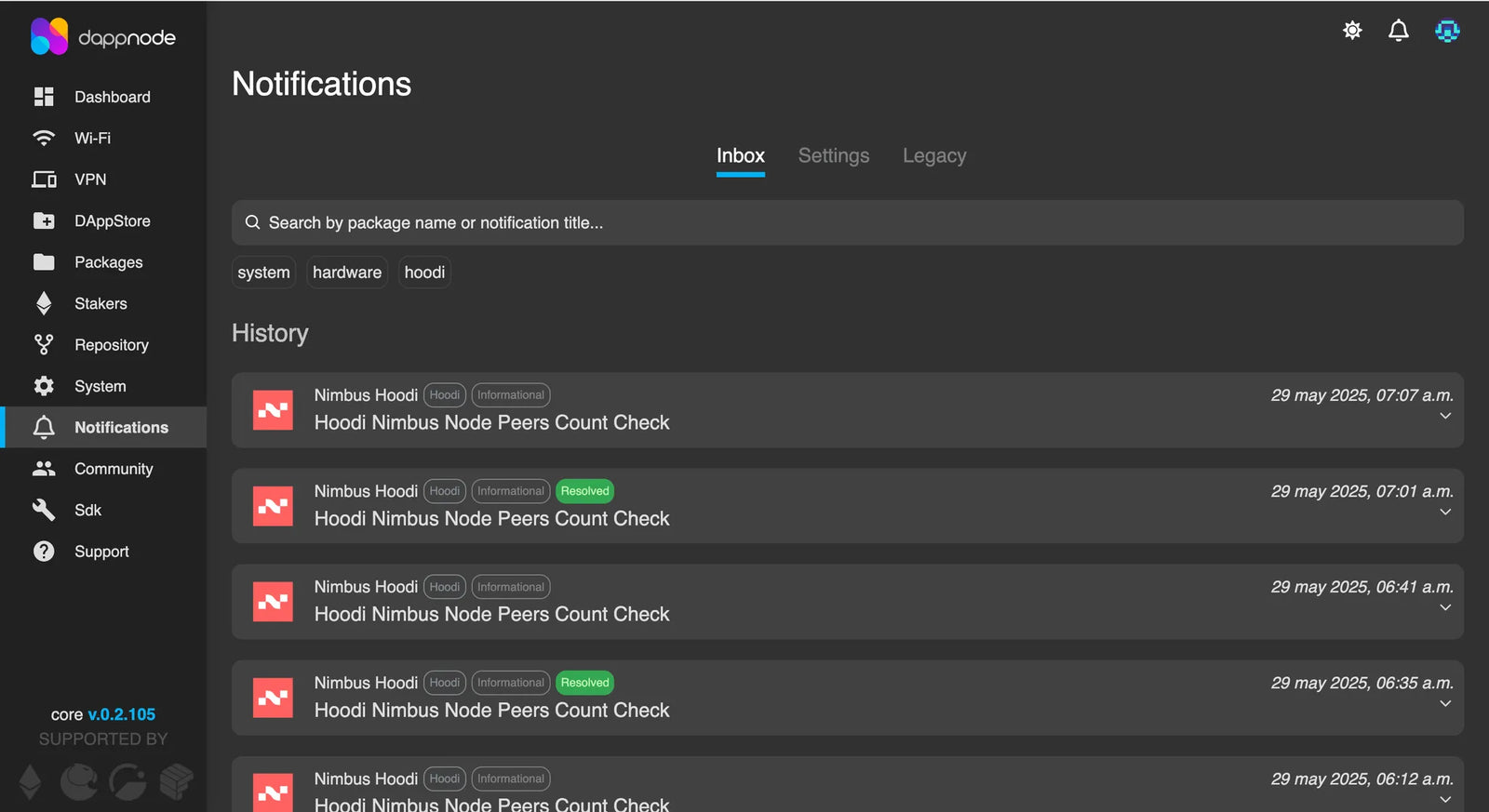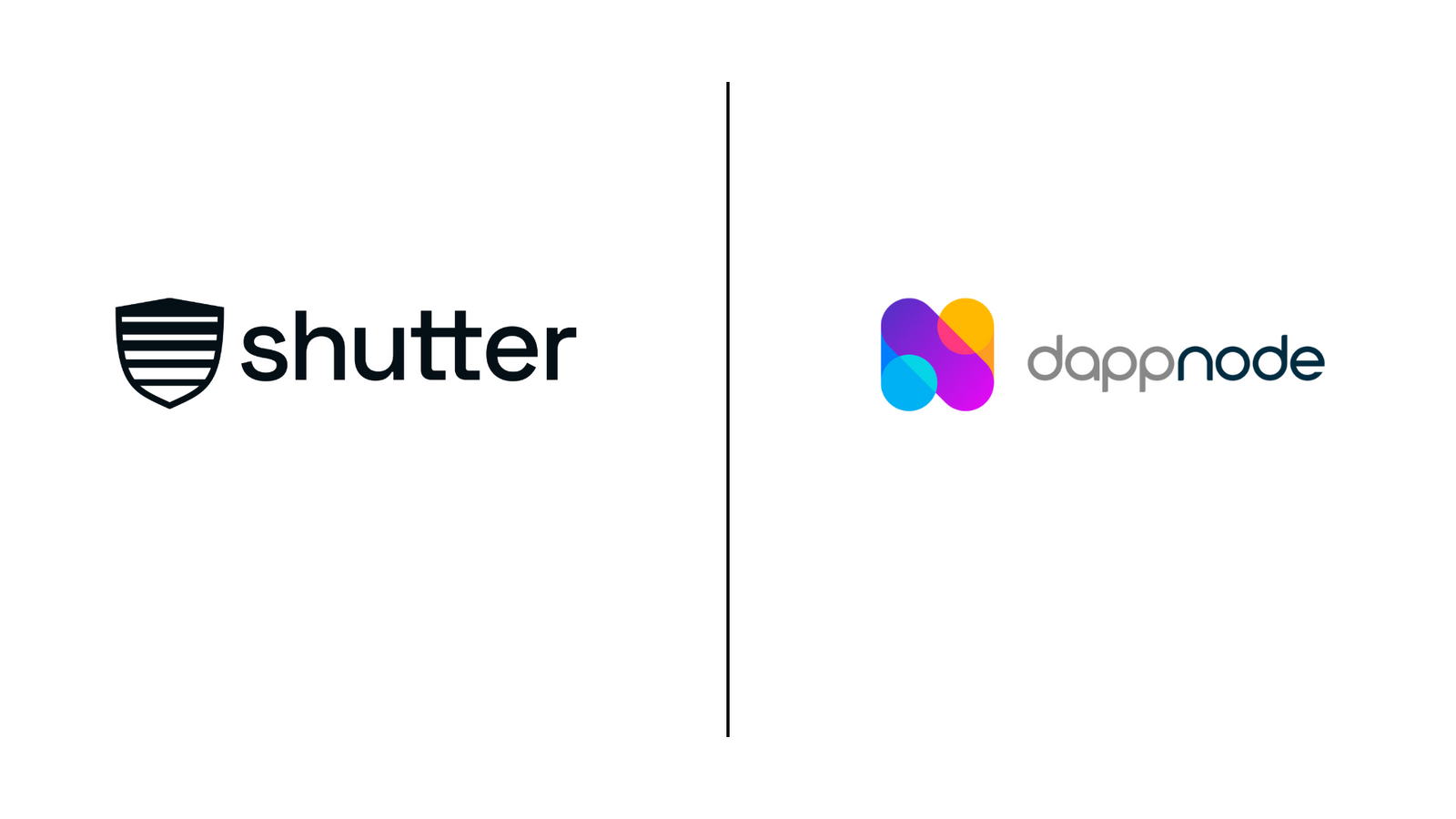
Demystifying Ethereum Staking: How to be a validator with less than 32 ETH
Ethereum staking is the energy-efficient equivalent to Bitcoin mining. Important updates to the protocol like “The Merge” made staking more profitable by including transaction fees in the staker’s rewards and the “Shanghai/Capella” (“Shapella”!) upgrade allows for unlocking and withdrawing the staked ETH whenever the staker wants.
What is Ethereum staking?
In a Proof-of-Stake (PoS) blockchain, validators (or “stakers”) are chosen to create new blocks after they lock (or “stake”) a certain amount of cryptocurrency as collateral to ensure the good behavior of the validators. When staking in Ethereum, users can be selected to create blocks and also double-check and sign the blocks that are produced by other validators. Staking helps secure the network, and it also allows holders of the cryptocurrency to earn a return on their ETH.
Ethereum has gone to great lengths to design a protocol where it is not complicated to be a validator/staker, because the more people stake at home, the more decentralized, secure and resilient the network becomes.
Solo Staking - The Golden Standard
Solo-staking refers to the practice of staking ETH as an individual by running your own hardware and software to validate the network directly. It is the best way to keep the network decentralized, as it provides Ethereum with resilience from outages in cloud providers and reduces the impact in censoring or disrupting the network that companies can have if they change their terms and conditions or against pressure by a government. This is why it’s considered “The Golden Standard” of Ethereum Staking, it’s the most beneficial for Ethereum as a whole, and all staking rewards go to the staker.
If you choose this option you will need 32 ETH to start and you will be responsible for the maintenance of your own node, ensuring it remains online in order to validate transactions on the blockchain and earn rewards.
This choice will provide you with higher rewards as you will not share them with anyone. If running and maintaining this software sounds daunting, there are solutions such as the free, open source software Dappnode, which allows you to run Ethereum nodes, as well as other blockchains, at the click of a button.
In addition, if you do not have experience installing operating systems or do not have a hardware where to install it, you can directly buy the Dappnode HOME: small plug n’ play miniPCs with the Dappnode software preinstalled in them. This option is the one that will bring you the most benefits, as long as you have 32 ETH.
Do I need 32 ETH to stake on Ethereum?
Many people believe that owning 32 ETH is a requirement to generate revenue through staking. While it is true that 32 ETH is necessary for Solo Staking, which is considered the 'Gold Standard' of Ethereum Staking, the current value of 32 ETH is approximately 60,000 USD as of May 2023. This price tag may seem quite steep for most individuals. However, there are alternative options available for earning ETH revenue without possessing the full validator funding amount. Let's explore some important terminology and then delve into the tools and protocols that allow us to stake in Ethereum with less than 32 ETH and/or delegate hardware responsibilities.
- Staking-as-a-Service (SaaS)
- Staking Pools
- Liquid Staking Derivatives (LSD)
- Distributed Validator Technology (DVT)
Let’s dig into some of these options to see its pros and cons.
Staking as a Service - (SaaS)
Staking as a Service (SaaS) refers to a service offered by companies or projects that allows individuals or organizations to participate in the validation incentives without the need to set up and maintain their own node.
These companies or projects provide the infrastructure, security, and expertise needed to successfully stake the ETH on behalf of their clients, and they will handle the process of running the validator nodes, including its maintenance, upgrades, and security in exchange of a fee, which can be a percentage of the staked amount or a flat rate.
These services are aimed towards institutional clients who have heavier participation in validating, some good examples are companies, funds and DAOs.
By delegating the node operations to a third-party operator, users can earn staking rewards without the need to have technical expertise to invest in expensive hardware or to bear the risks of running node software by themselves, but with the advantage of not having to enter a staking pool with other minor participants.
The disadvantages of this method are that the validators run with this method are concentrated in the Staking-as-a-Service providers, reducing Ethereum’s decentralization and making the stakers more vulnerable to correlation penalties.
Staking pools / Liquid Staking Derivative Networks (LSDs)This is where the good news starts for people that don’t have 32 ETH but want to participate in block creation. Solutions like Lido and StakeWise, Rocket Pool and StakeHouse have made it possible for people to collectively stake and have a transparent way of monitoring how the staking protocol is moving our ETH.
Staking pools usually offer 1:1 tokens for stakers. These tokens represent the staked ETH and can be traded on various decentralized exchanges, such as Uniswap, allowing users to maintain their liquidity while earning staking rewards. Some centralized exchanges (CEXs) have also started offering staking services, however since these entities are centralized it is very difficult to know what they’re actually doing with your ETH.
These services charge a fee for providing the staking infrastructure and rewards accounting, so any route you decide to take, remember to DYOR in your journey to find out how to earn ethereum.
Can I run my own Ethereum validator if I don’t have 32 ETH?
The answer is yes. Even if you don’t have 32 ETH, you can still help decentralization by running the hardware and software yourself. You can also leverage ETH from Staking Pools and have it staked in your machine and earn revenue from it. This is called being a Node Operator for one of these pools.
But why would someone trust you with their ETH? There are two technologies that make it possible to cover and mitigate the loss of their eth should you not perform your duties as a Node Operator: LSDs and DVTs.
Liquid Staking Derivatives (LSD)
As we have seen above, Liquid Staking Derivatives (LSDs) are “matchmakers” for people that want to stake any amount of ETH and people who want to operate their own nodes. Often, LSDs will go together with Staking Pools: people deposit ETH in a pool and receive a liquid derivative token in exchange that represents the underlying value of the ETH staked in the pool. Other LSDs do not have staking pools and require users to have the 32 ETH necessary for a validator, like ether.fi.
You can be a Node Operator for solutions like RocketPool, Stakehouse or Stakewise (in testnet), and earn revenue not only as a staker but also as a crucial part of their infrastructure.
Distributed Validator Technology (DVT)
Distributed Validator Technology in blockchain refers to a system where multiple validators are responsible for validating transactions on a blockchain network.
In a distributed validator system, the validation process is spread out among multiple validators rather than relying on a single central authority.
This allows for a more decentralized and secure network as it becomes more difficult for a single point of failure to occur. The validators are usually incentivized through rewards for their validation service, and the validators are chosen through a consensus mechanism such as Proof of Stake (PoS) or Delegated Proof of Stake (DPoS). SSV, OBOL and Diva are the better known projects that make use of this technology.
Start your Staking Journey
Running your own DAppNode is a great place to start! Staking is a great decentralization experience and DAppNode offers different forms through its partnerships, for example:
- Gnosis Chain: It only takes 1 GNO to validate in Gnosis Chain. Both Dappnode Home i732 and Dappnode Home i764 include 4 GNOs to start validating right away!
- HOPR: Our DAppNode HOME in its HOPR edition includes 1000 HOPR tokens and 4 GNOs
- Stakehouse: Did you know you can get a DAppNode HOME for FREE by participating in Stakehouse’s LSDs? Start running your own Ethereum validator with just 4 ETH, with full DAppNode integration!
Stakewise: You can also get an LSD-themed DAppNode from Stakewise at the DAppNode Shop.
Conclusion
Participating in Ethereum staking as a validator is within reach, even with less than 32 ETH. Evaluate the options available and choose the approach that aligns with your goals and resources. Whether you opt for solo staking, staking pools, LSDs, or DVT, seize the opportunity to earn rewards and contribute to the decentralization and security of the Ethereum network.



